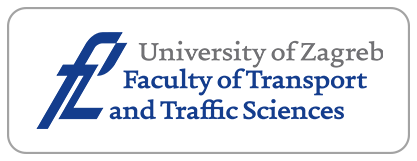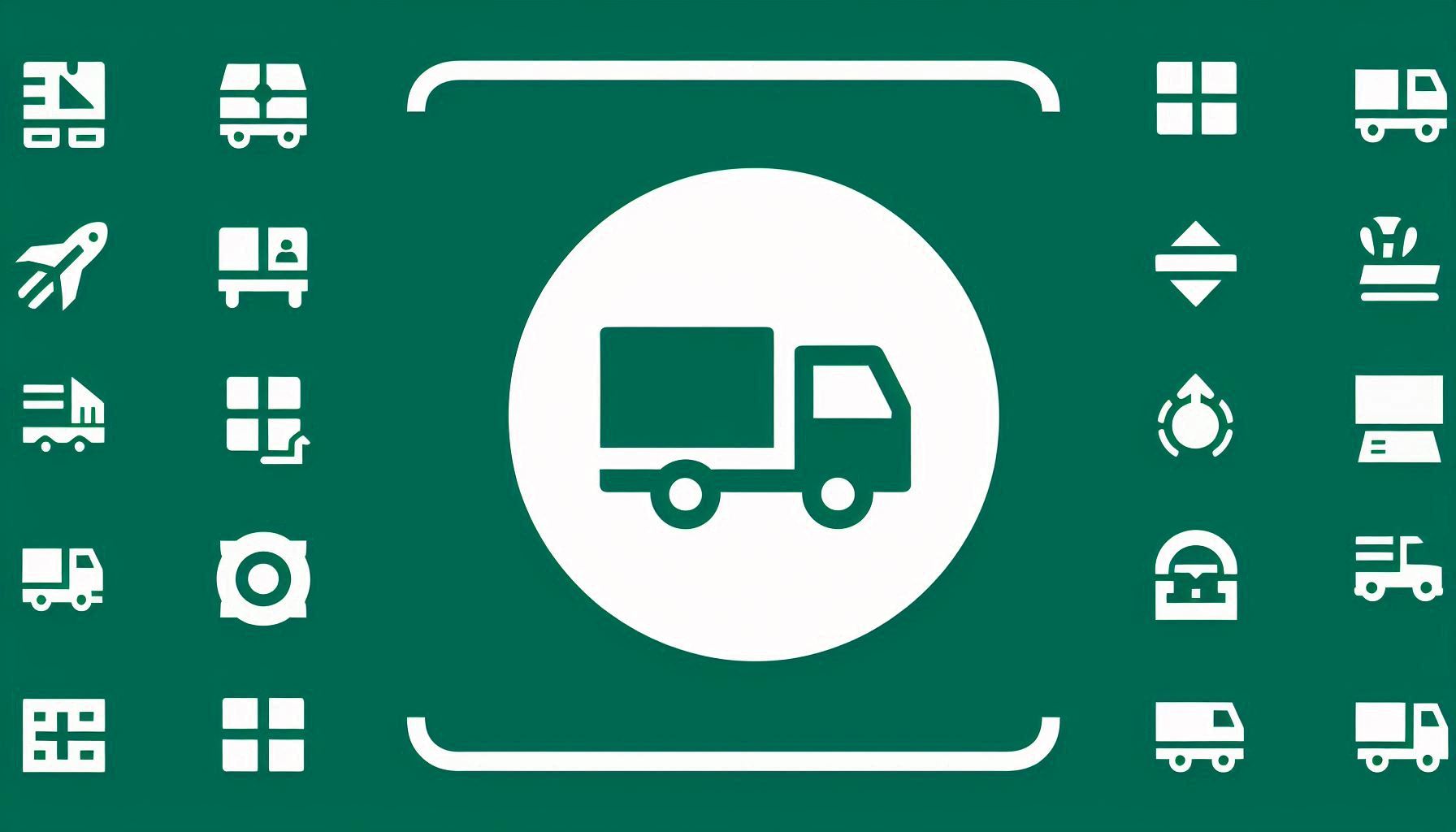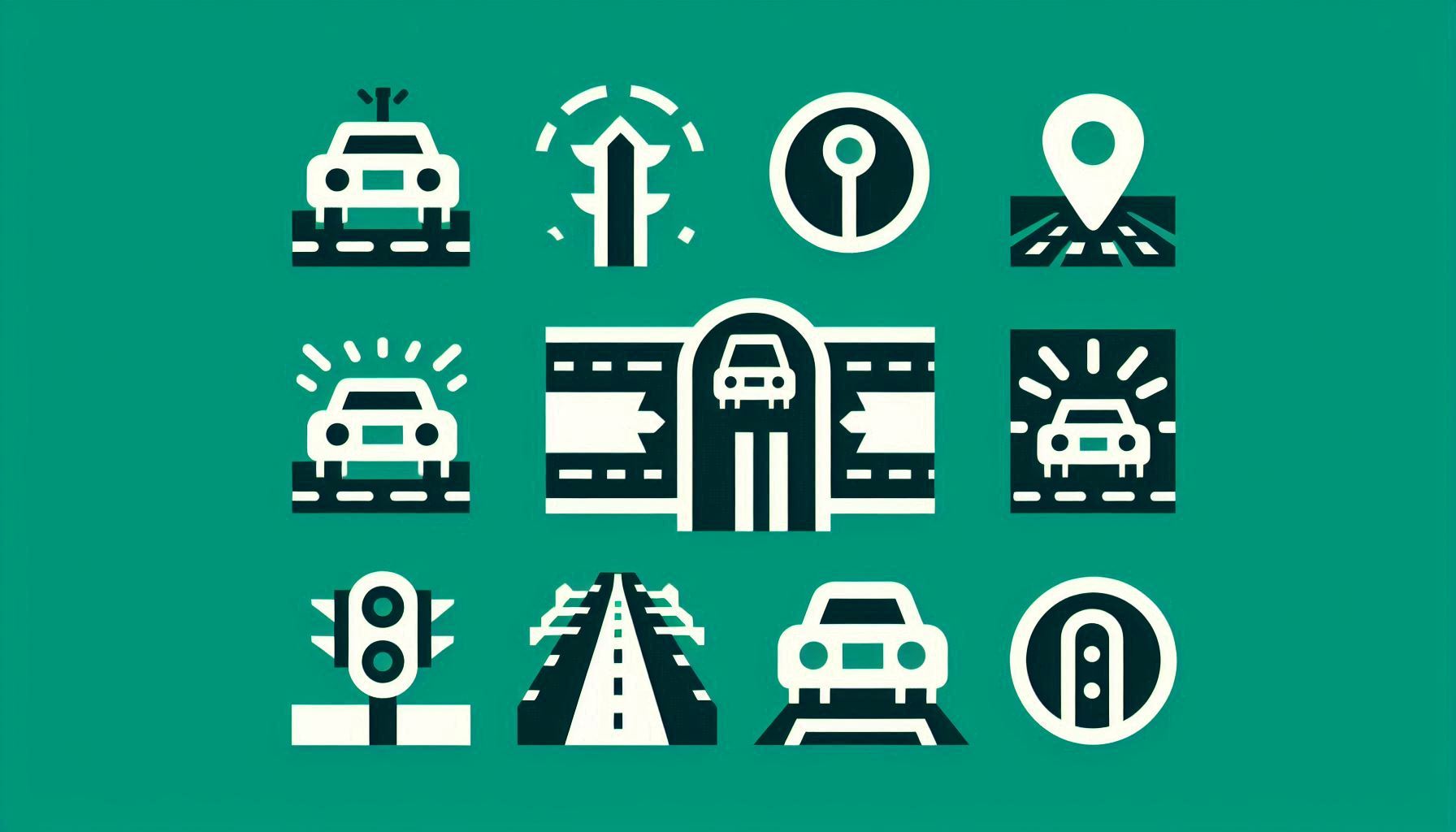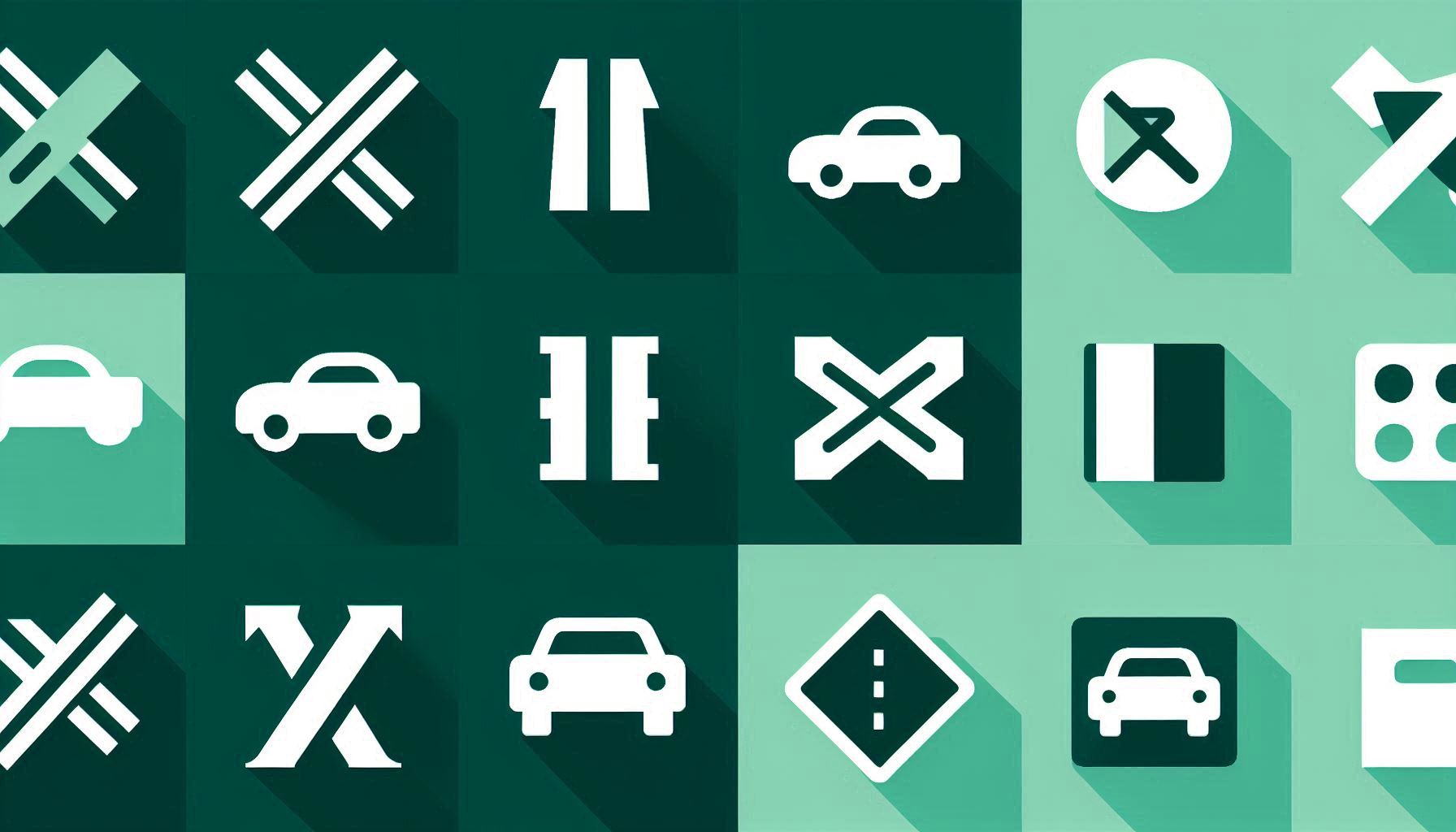Exploring Driver Trajectory Preferences for Unprotected Left Turns and the Impact on Traffic Safety
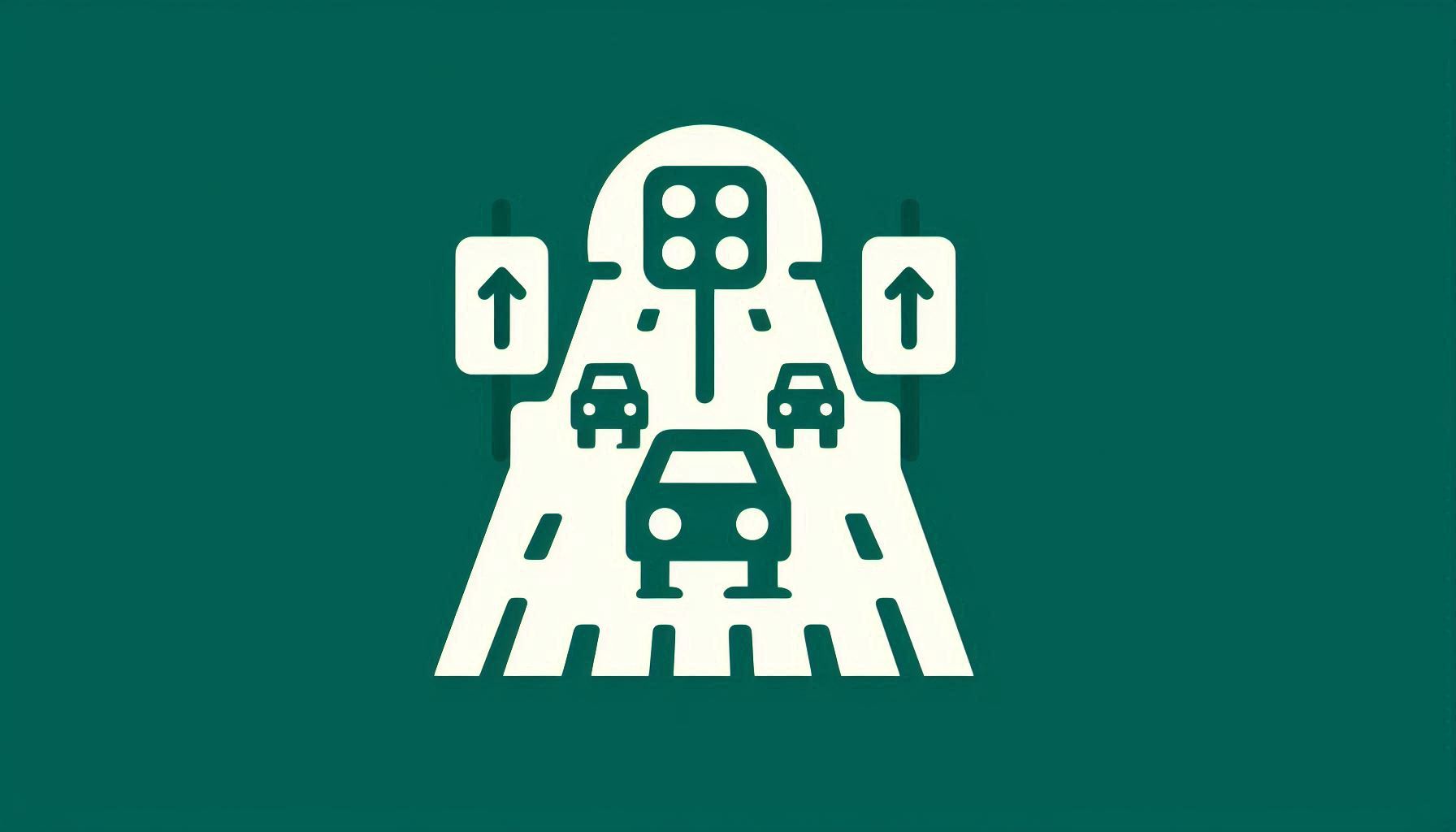
Downloads
The behaviour of drivers making left turns is complex, significantly affecting the safety of intersection operations. Some drivers disregard the right-of-way rules when making left turns, leading to contention with vehicles going straight, causing chaotic trajectories and widening the potential conflict area with straight-moving vehicles. This study analyses the left turn trajectory preference of drivers under different intersection conditions and compares the effects of various intervention measures in enhancing intersection safety. Twenty-seven scenarios were created with different sign and marking designs and traffic conditions using a driving simulator. Forty-four participants were recruited to gather driving data, such as speed and position, to extract key evaluation indicators representing drivers’ left turn behaviour. In addition, a one-way analysis of variance is conducted to explore the trajectory perspective on horizontal curves, driver gap acceptance time and post-encroachment time during left turn. The results revealed that drivers’ trajectories leaned more towards the left side when making left turns under crossing decisions. Whereas under yielding decisions, drivers’ trajectories stayed closer to the right side. Additionally, the absolute deviation of trajectories under yielding decisions was greater than those under crossing decisions. The findings confirm that the left-turn guidelines can influence left-turn driving behaviour to enhance safety.
Downloads
WHO. Global status report on road safety 2023. Geneva: World Health Organization, 2023. https://www.who.int/teams/social-determinants-of-health/safety-and-mobility/global-status-report-on-road-safety-2023
Mondal S, Pandey A, Gupta A, Pani A. Identifying the critical risk factors for road crashes based on large-scale safety audits in India. Ksce Journal of Civil Engineering. 2023;27:4906-18. DOI: 10.1007/s12205-023-0679-7.
Li Y, Fan W. Pedestrian injury severities in pedestrian-vehicle crashes and the partial proportional odds logit model: accounting for age difference. Transportation Research Record. 2019;2673:731-46. DOI: 10.1177/0361198119842828.
Scanlon JM, Sherony R, Gabler HC. Injury mitigation estimates for an intersection driver assistance system in straight crossing path crashes in the United States. Traffic Injury Prevention. 2017;18:S9-S17. DOI: 10.1080/15389588.2017.1300257.
Guo Y, Zheng L, Sayed T. A comparison of collision-based and conflict-based safety evaluation of left-turn bay extension. Transportmetrica A: Transport Science. 2020;16:676-94. DOI: 10.1080/23249935.2020.1722286.
Wei L, et al. Behaviour analysis of left-turning mopeds at signal controlled intersections - A case study in Yancheng city. Promet-Traffic & Transportation. 2021;33:609-20. DOI: 10.7307/ptt.v33i4.3740.
Li X, Oviedo-Trespalacios O, Rakotonirainy A. Drivers' gap acceptance behaviours at intersections: A driving simulator study to understand the impact of mobile phone visual-manual interactions. Accident Analysis and Prevention. 2020;138:105486. DOI: 10.1016/j.aap.2020.105486.
Ma W, Zhao J. Investigating gap acceptance behavior at two-way stop-controlled intersections in China. Transportation Letters: the International Journal of Transportation Research. 2020;12:202-12. DOI: 10.1080/19427867.2019.1567021.
Liu M, Chen Y, Lu G, Wang Y. Modeling crossing behavior of drivers at unsignalized intersections with consideration of risk perception. Transportation Research Part F: Traffic Psychology and Behaviour. 2017;45:14-26. DOI: 10.1016/j.trf.2016.11.012.
Park GD, Hickman JS, Pitoniak SP, Rosenthal TJ. Challenges in hazard detection for commercial motor vehicle drivers: A driving simulator training study. Transportation Research Record. 2018;2672:29-38. DOI: 10.1177/0361198118792132.
Zhu X, et al. A Bayesian Network model for contextual versus non-contextual driving behavior assessment. Transportation Research Part C: Emerging Technologies. 2017;81:172-87. DOI: 10.1016/j.trc.2017.05.015.
Mafi S, Abdelrazig Y, Doczy R. Analysis of gap acceptance behavior for unprotected right and left turning maneuvers at signalized intersections using data mining methods: A driving simulation approach. Transportation Research Record. 2018;2672:160-70. DOI: 10.1177/0361198118783111.
Kocic A, Celar N, Kajalic J, Stankovic S. Simulation modelling of permitted left-turn saturation flow rate based on opposing through-flow degree of saturation. Promet-Traffic & Transportation. 2022;34:475-85.
Han Y, Ning B, Liang S. An alternative optimal design of dynamic straight-right lane control for t-shaped intersections. Promet-Traffic & Transportation. 2024;36:508-24. DOI: 10.7307/ptt.v36i3.450.
Nasernejad P, Sayed T, Alsaleh R. Multiagent modeling of pedestrian-vehicle conflicts using Adversarial Inverse Reinforcement Learning. Transportmetrica A: Transport Science. 2023;19:2061081. DOI: 10.1080/23249935.2022.2061081.
Madanat SM, Cassidy MJ, Wang MH. Probabilistic delay model at stop-controlled intersection. Journal of Transportation Engineering. 1997;120:21-36. DOI: 10.1061/(ASCE)0733-947X(1994)120:1(21).
Paschalidis E, Choudhury CF, Hess S. Modelling the effects of stress on gap-acceptance decisions combining data from driving simulator and physiological sensors. Transportation Research Part F: Traffic Psychology and Behaviour. 2018;59:418-35. DOI: 10.1016/j.trf.2018.09.019.
Li X, Oviedo-Trespalacios O, Rakotonirainy A. Drivers’ gap acceptance behaviours at intersections: A driving simulator study to understand the impact of mobile phone visual-manual interactions. Accident Analysis & Prevention. 2020;138:105486. DOI: 10.1016/j.aap.2020.105486.
Pawar NM, Velaga NR. Analyzing the impact of time pressure on drivers' safety by assessing gap-acceptance behavior at un-signalized intersections. Safety Science. 2022;147:105582. DOI: 10.1016/j.ssci.2021.105582.
Johnsson C, Laureshyn A, De Ceunynck T. In search of surrogate safety indicators for vulnerable road users: a review of surrogate safety indicators. Transport Reviews. 2018;38:765-85. DOI: 10.1080/01441647.2018.1442888.
Burdett BRD, Charlton SG, Starkey NJ. Not all minds wander equally: The influence of traits, states and road environment factors on self-reported mind wandering during everyday driving. Accident Analysis and Prevention. 2016;95:1-7. DOI: 10.1016/j.aap.2016.06.012.
Ma Q, et al. Taxicab crashes modeling with informative spatial autocorrelation. Accident Analysis and Prevention. 2019;131:297-307. DOI: 10.1016/j.aap.2019.07.016.
Ma W, Alimo PK, Wang L, Abdel-Aty M. Mapping pedestrian safety studies between 2010 and 2021: A scientometric analysis. Accident Analysis and Prevention. 2022;174:106744. DOI: 10.1016/j.aap.2022.106744.
Gelau C, Sirek J, Dahmen-Zimmer K. Effects of time pressure on left-turn decisions of elderly drivers in a fixed-base driving simulator. Transportation research part F: Traffic Psychology and Behaviour. 2011;14:76-86. DOI: 10.1016/j.trf.2010.10.002.
Liu Y, et al. Safety evaluation and prediction of takeover performance in automated driving considering drivers' cognitive load: A driving simulator study. Transportation Research Part F: Traffic Psychology and Behaviour. 2024;103:35-52. DOI: 10.1016/j.trf.2024.03.021.
Hussain Q, et al. Speed perception and actual speed in a driving simulator and real-world: A validation study. Transportation Research Part F: Traffic Psychology and Behaviour. 2019;62:637-50. DOI: 10.1016/j.trf.2019.02.019.
Chen Y, Quddus M, Wang X. Impact of combined alignments on lane departure: A simulator study for mountainous freeways. Transportation Research Part C: Emerging Technologies. 2018;86:346-59. DOI: 10.1016/j.trc.2017.11.010.
Zhao J, Knoop VL, Wang M. Two-dimensional vehicular movement modelling at intersections based on optimal control. Transportation Research Part B: Methodological. 2020;138:1-22. DOI: 10.1016/j.trb.2020.04.001.
Zhao J, et al. Unprotected left-turn behavior model capturing path variations at intersections. IEEE Transactions on Intelligent Transportation Systems. 2023;24:9016-30. DOI: 10.1109/tits.2023.3270962.
Zhao J, Ma R, Wang M. A behaviourally underpinned approach for two-dimensional vehicular trajectory reconstruction with constrained optimal control. Transportation Research Part C: Emerging Technologies. 2024;159:104489. DOI: 10.1016/j.trc.2024.104489.
Chen F, Ma X, Chen S, Yang L. Crash frequency analysis using hurdle models with random effects considering short-term panel data. International Journal of Environmental Research and Public Health. 2016;13:1043. DOI: 10.3390/ijerph13111043.
Wang L, et al. Quasi-vehicle-trajectory-based real-time safety analysis for expressways. Transportation Research Part C: Emerging Technologies. 2019;103:30-8. DOI: 10.1016/j.trc.2019.04.003.
Yu R, Han L, Zhang H. Trajectory data based freeway high-risk events prediction and its influencing factors analyses. Accident Analysis and Prevention. 2021;154:106085. DOI: 10.1016/j.aap.2021.106085.
Copyright (c) 2025 Xiaobo HAN, Pengfei LIU, Yinglong HE, Muhammad Awais SHAFIQUE, Jing ZHAO

This work is licensed under a Creative Commons Attribution-NonCommercial 4.0 International License.





